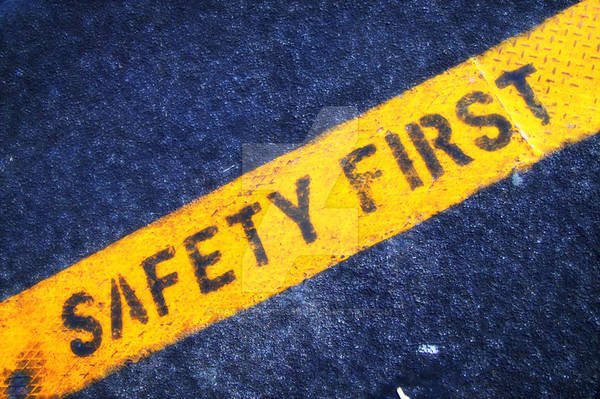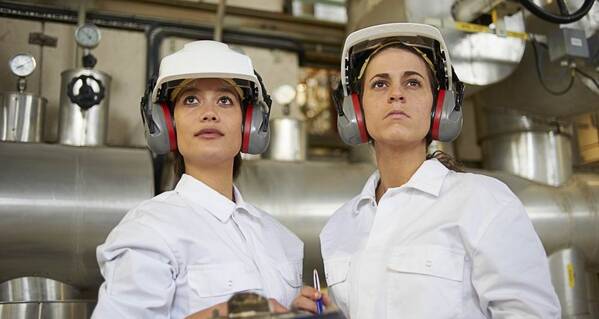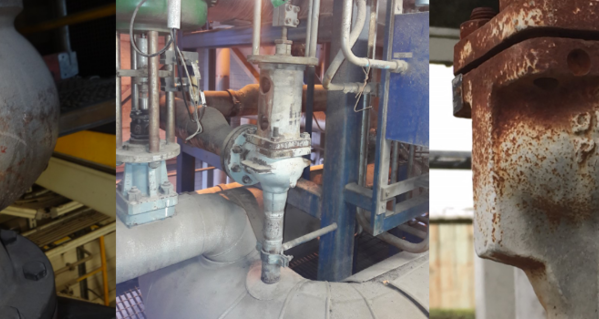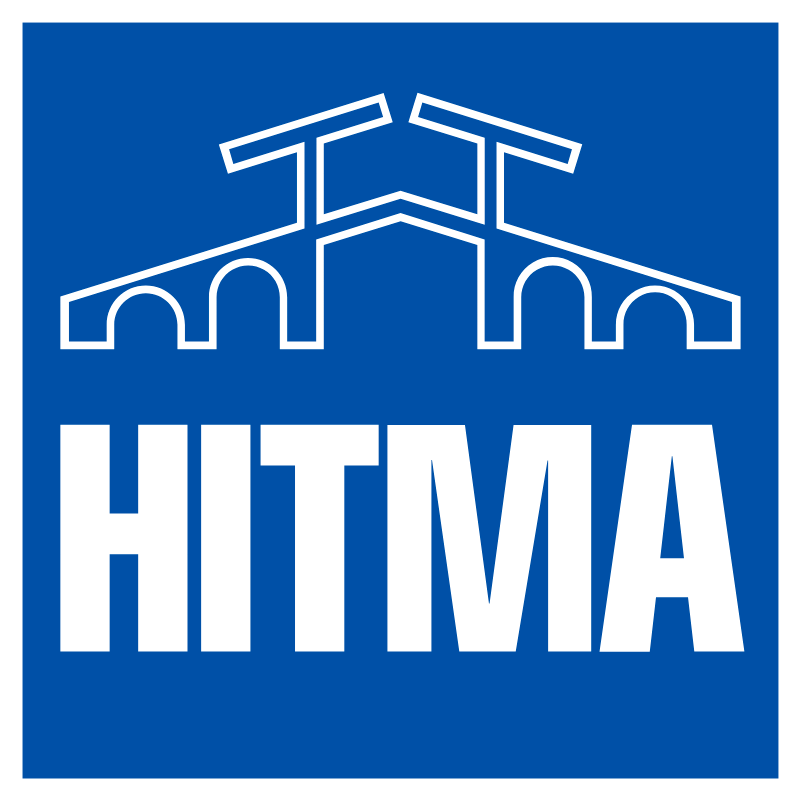
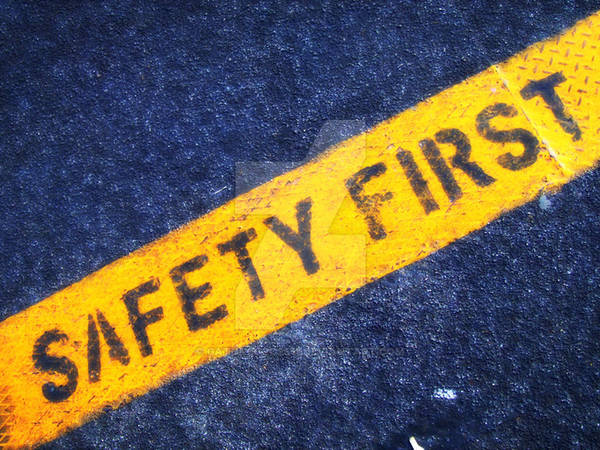
Occasional calamities in industry often remind me of the importance of proper security. Overpressure protection is often the last resort in industrial processes. Let me tell you a bit more about it.
Why overpressure protection?
Overpressure protection is considered the last resort against possible failure of equipment under pressure ( >0.5 Barg). The function of overpressure protection is:
- Protect lives
- Protect against human and mechanical error while working with pressure equipment
- Protect installations/equipment from damage due to overpressure
- Prevent production losses (downtime/damage to equipment)
PED directive
For overpressure protection in Europe, the requirements are laid down in the Pressure Equipment Directive (PED). This came into force from 1997 and is mandatory for equipment that entered the market after 2002.
In general, the owner of pressure equipment should ensure that the equipment is properly protected against overpressure. Verification of this is done by independent bodies designated/notified to the central government. Well-known names are Lloyds register and Bureau Veritas.
The PED states that a relief valve must have a CE mark (as, incidentally, do all other parts of the pressurised installation). The manufacturer gets CE marking on its product(s) if it meets the requirements of the PED. In addition, products must be provided with a valid certificate of conformity to the PED.
Which codes should you use?
This can be found in the PED (Art.1 par 2.1.3). Safety Valves, in practice also called PSV (Pressure Safety Valve) and also PRV (Pressure Relief Valve), fall under category IV (highest).
Besides the PED, in the safety valves world we also have the CSA (Canadian Standards Association) and ASME (Amercan Society of Mechanical Engineers) code requirements that overpressure protection must meet.
Are there any safety requirements of your own?
The owner of the pressure equipment can impose stricter requirements for overpressure protection than the requirements set out in the PED. However, if the control authorities' requirements contradict the owner's guidelines, the requirements of the PED, CSA and ASME codes apply. If the owner (or an authorised representative) wishes to use other means instead of a PRV, the owner must demonstrate to the manager that the proposed overpressure protection offers equal or greater safety compared to a PRV.
Check when in doubt
If, as an owner, authorised representative or designer of pressure equipment, you are in doubt about the use of certain types of pressure relief device, I recommend you have it checked at a designated institution. Here, it can be determined whether the overpressure protection is acceptable.
As a supplier, we can only give independent advice and perform the calculations according to the applied standard. Later I will tell you more about the different calculation methods.
Perhaps needless to say, overpressure protection is used as a last resort when pressure equipment fails. Therefore, make sure that pressure protection equipment always complies with the requirements and guidelines.
